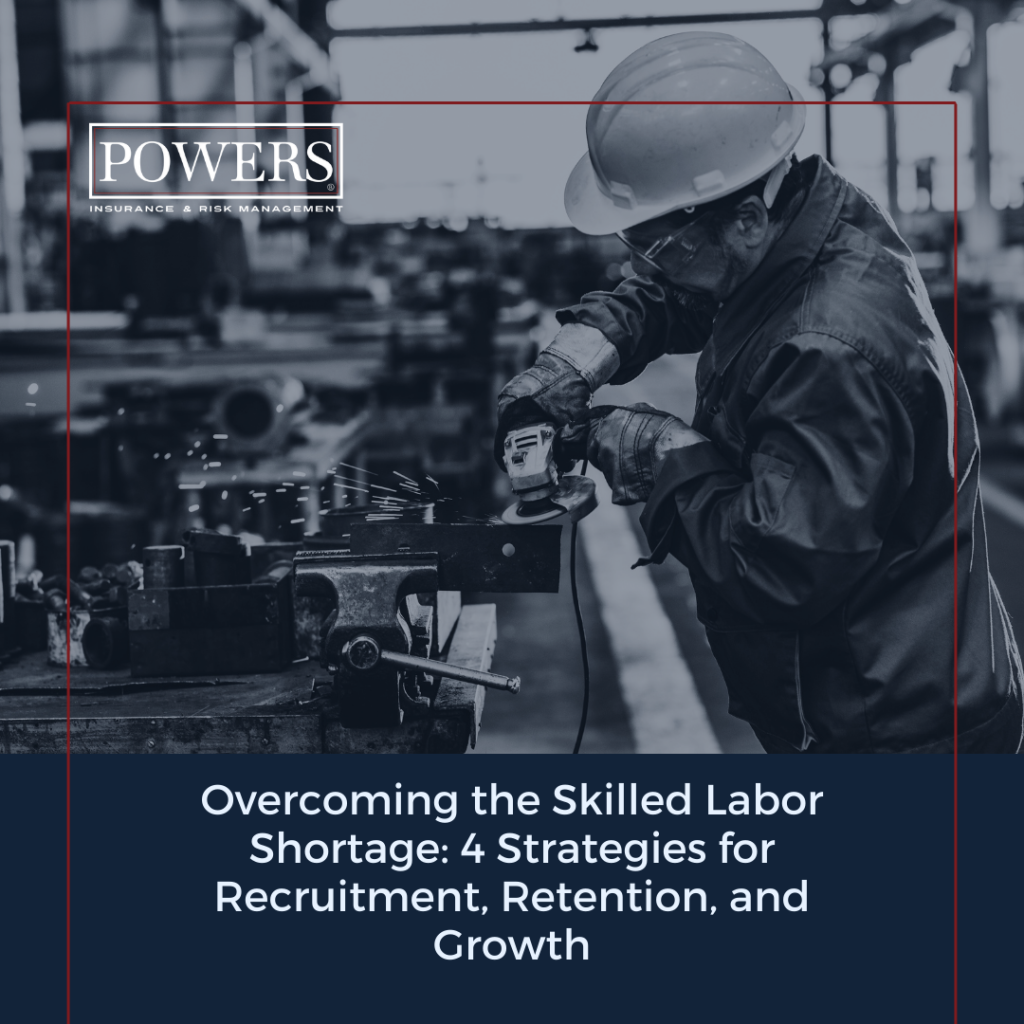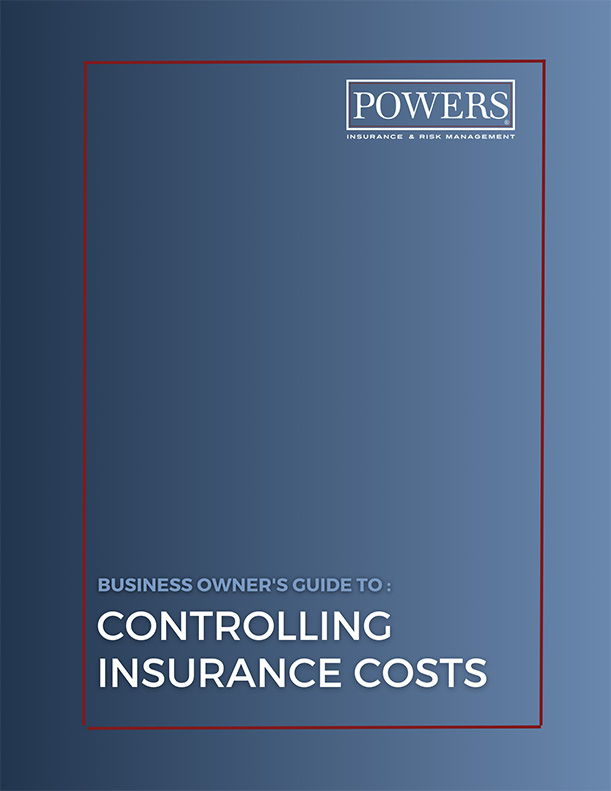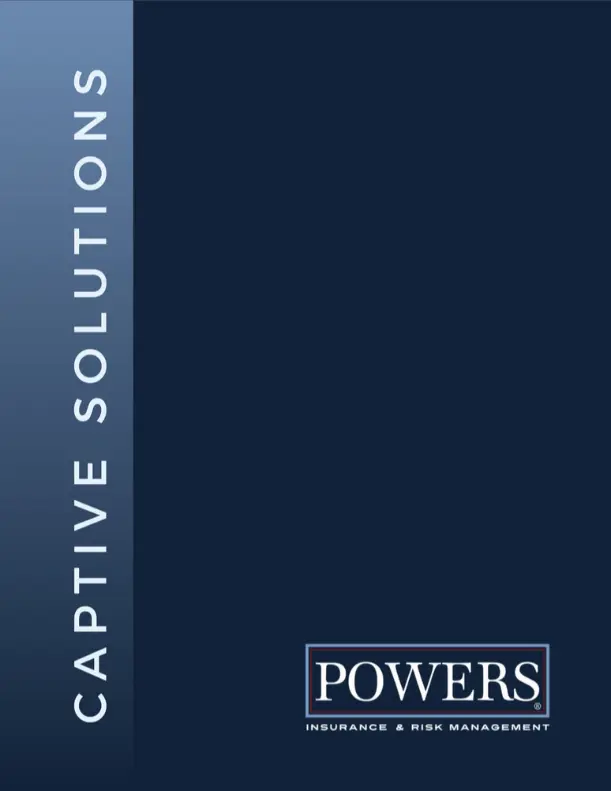Companies across the US are grappling with the challenge of attracting and retaining qualified employees. More than 70% of organizations report struggling to attract new talent – facing challenges like:
- Matching worker demands for compensation
- Finding the right skill sets and qualifications
- Getting enough applicants in the first place
The construction industry is a prime example of the labor shortage issue. Job growth is projected to grow at 7% through 2030, which means the industry needs 650,000 workers above its current pace of hiring.
What’s causing this disconnect between businesses’ desire to grow and the availability of qualified workers?

The labor shortage problem: Contributing factors
Several factors contribute to the gap between the demand for labor and available workers in today’s job market:
- The aging workforce and demographic shifts. As baby boomers retire, many industries are losing experienced workers faster than they can replace them.
- Skills gap between candidates and job requirements. Rapid innovation has created a mismatch between the skills job seekers have and those required by employers.
- Changes in workforce preferences. Younger generations value work-life balance, remote options, and culture over traditional perks. Employers have been slow to respond to this shift.
To address these realities, companies must find creative ways to attract new skilled workers.
The costs of worker shortages
There are many implications of labor shortages that can have long-lasting effects on a company’s bottom line.
Operational and financial impact
Worker shortages lead to lost productivity and missed revenue opportunities. When a business can’t fully staff its operations, it may have to reduce hours, turn down projects, or delay expansion plans. This impacts current revenue as well as long-term growth.
This strain on remaining employees leads to burnout and job dissatisfaction. This creates a cycle of increased turnover and decreased worker productivity.
Increased insurance costs and risks
Increased risk is often a hidden cost of the worker shortage. As businesses rely on experienced or overworked staff, the likelihood of incidents and injuries rises. This can lead to more workers’ compensation claims, driving up insurance premiums.
Beyond workers’ comp, there’s also a greater potential for errors and accidents leading to general liability and professional liability claims. To address these risks, companies may need to pursue higher insurance limits and enhanced coverage, further increasing costs.
Long-term strategic implications
Without a full, qualified workforce, a business is in perpetual “fire fighting” mode. Employees are trying to manage day-to-day operations with limited staff. They have less time to focus on innovation, strategic planning, and future growth.
This erodes the company’s market position and competitiveness. Over time, it becomes very difficult for these companies to stay afloat.
These high-level costs affect businesses across the board, but the labor shortage looks different in every industry. Understanding your industry’s specific challenges is key to developing targeted solutions.
Impact on key industries
The labor shortage affects a range of different industries, creating unique challenges for each. Here are the impacts we’re seeing at POWERS Insurance and Risk Management in a few of our specialized areas.
Construction
The construction industry is particularly vulnerable to labor shortages, with impacts including:
- Projects delayed or canceled due to lack of skilled tradespeople
- Increased costs due to labor shortages
- Safety risks with inexperienced workers
Hospitality
The hospitality industry is known for its high turnover rates. Challenges in this sector include:
- Inconsistent service quality due to staffing shortages
- Increased employee turnover and training costs
- Limited growth and expansion opportunities
Manufacturing
The labor shortage’s impacts on manufacturing can have ripples effects on the broader economy, including:
- Production slowdowns and bottlenecks
- Quality control issues
- Challenges adopting new technologies
Cannabis
The new and growing cannabis industry faces unique labor challenges, such as:
- Difficulties scaling operations to meet demand
- Compliance risks with untrained staff
- Competitive disadvantage in attracting talent
These industry-specific impacts are just examples of the effects of the labor shortage, highlighting the need to address this challenge across sectors.
4 steps to address the skilled labor shortage
The current worker shortage is no easy fix, but there are steps organizations can take to attract and retain these valuable employees.
1. Improve recruitment strategies
As the saying goes: What got us here, won’t get us there. Yesterday’s recruitment strategies are no longer working, so businesses must go back to the drawing board. Some ideas:
- Expand candidate pools. Consider targeting veterans, underrepresented groups, and retirees interested in part-time or consulting roles.
- Offer competitive compensation packages. Employers cite “matching worker demands for compensation” as their top challenge. This disconnect shows that it’s time to examine compensation and benefits packages to determine how to meet candidate expectations.
- Highlight career growth opportunities. Position your organization as a long-term career option by offering personal development and training. This attracts skilled candidates who are looking for more than just a job.
2. Enhance training and skills development
Skills development not only helps you attract better candidates – it also boosts retention. Get ahead of the recruitment curve by molding workers to fit your company’s needs. Consider:
- Apprenticeships and internships. Cultivate talent from the ground up and offer incentives for participants who remain with your company afterward.
- Partnership with local education programs. Work with colleges, trade schools, and workforce programs to create a pipeline of skilled workers who meet your company’s requirements.
- A culture of continuous learning. Encourage current employees to expand their skill sets – and empower them to do so by sponsoring education opportunities.
3. Focus on retention
Any business owner or hiring manager will tell you that retaining employees is as important as recruiting them. A few tactics:
- Foster an inclusive culture. Create a supportive work environment, including diversity, equity, and inclusion initiatives. This makes employees feel valued and heard.
- Provide pathways for advancement. Without a clear path forward, employees will start to look externally for their next opportunity.
- Offer benefits aligning with modern preferences. (No, not a ping pong table.) Today’s employees expect more than a paycheck – especially when financial compensation isn’t hitting the bar. This might include flexible schedules, remote work options, comprehensive wellness programs, and more.
4. Lean into technology and automation
Hiring more people isn’t the solution to every workforce problem. Technology can help businesses mitigate the impact of labor shortages while improving efficiency. Look at strategies like:
- Increasing productivity with new technologies. Stay up-to-date on the latest tech that can help your business increase output even with fewer workers.
- Automating repetitive, low-skill tasks. Implementing automation can take resources up-front, but ultimately reduces labor costs and improves scalability.
- Reassigning human labor to skill-based roles. Automation frees your people up for valuable work requiring critical thinking and creativity.
Navigating the future of work
The current labor shortage is a symptom of vast shifts in the employment landscape. It’s a complex challenge that requires a holistic plan. This might include revisiting recruitment strategies, bolstering employee skills development, doubling down on retention, and embracing new technology.
However, no solution is perfect for every business. The most successful companies will be those that stay adaptable, assess strategies for effectiveness, and prioritize their most valuable asset: their people.
Pursuing all this while continuing to manage the risk associated with a lacking workforce isn’t easy. But you don’t have to do it alone. Our expert risk advisors will help you identify your most critical exposures and create a plan to address your evolving risk profile. Schedule a free consultation today.






